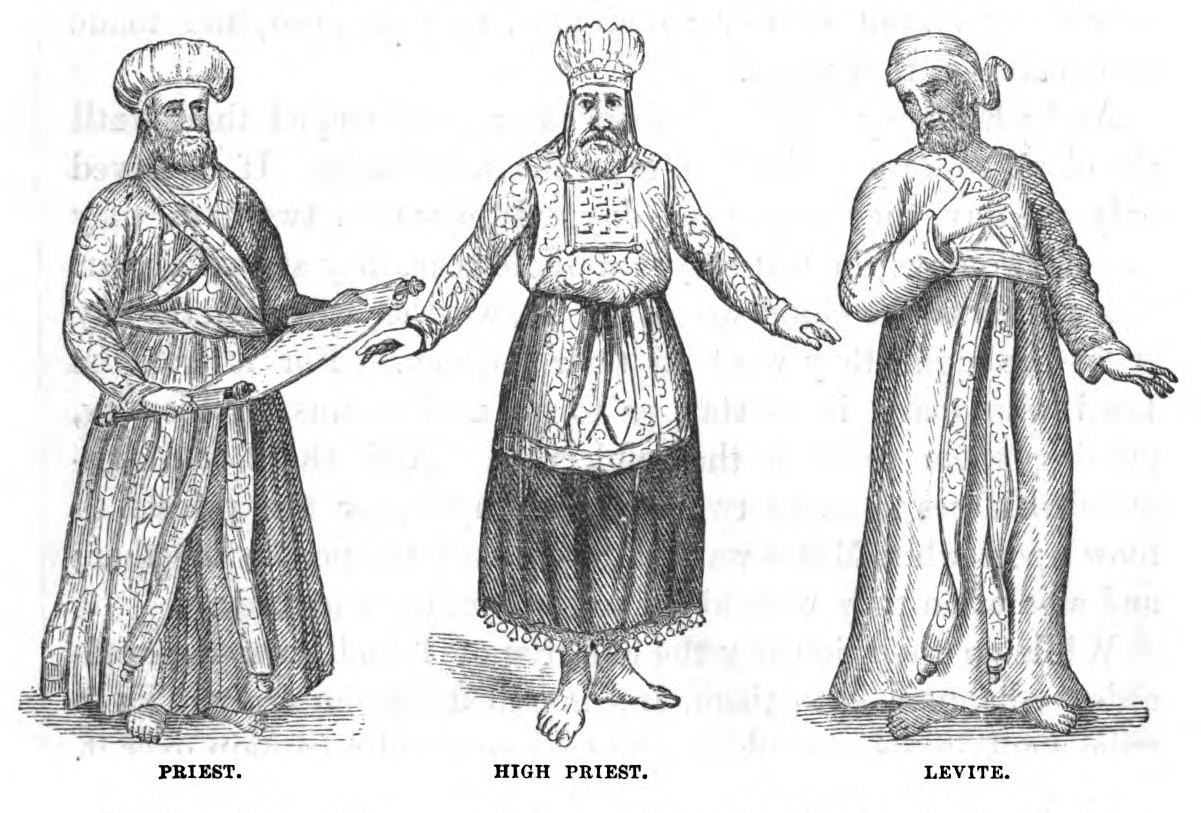Leviticus 8:12, Anointing oil … consecrates [Heb. kadash]. The Hebrew word kadash signifies the state of something that belongs to the realm of the sacred, and which is set-apart for divine use and has been separated from the sphere of the secular, common or profane. The Bible often uses the term holy (meaning “set-apart”) to signify this state of being. The word of Elohim designate many things as set-apart:
- The ground upon which YHVH is standing (Exod 3:5; Josh 5:15)
- The people of Israel (Exod 19:6; Deut 14:21; 26:19)
- The Sabbath (Exod 16:23; 20:8)
- The Tabernacle of Moses (Exod 26:33)
- The garments worn by the high priest (Exod 28:2)
- The altar of sacrifice (Exod 40:10)
- The offerings made on the altar (Lev 6:18)
- YHVH’s feast days (Lev 23:2)
- The camp of Israel (Deut 23:14)
- Heaven as the abode of Elohim (Deut 26:15)
- YHVH Elohim (Job 6:10; Pss 22:3; 78:4; 99:5)
- Zion and Jerusalem (Ps 2:6; Matt 27:53; Rev 22:19)
- The Spirit of Elohim (Matt 1:20)
- The angels (Matt 25:31)
- The servants of Elohim (Mark 6:20)
- The name of YHVH (Luke 1:49)
- Yeshua (Acts 2:27; 3:14)
- YHVH’s prophets (Acts 3:21)
- The saints (1 Pet 2:9; Rev 22:11)
- The Torah (2 Pet 3:21)
YHVH’s people are to learn to make a difference between that which he designates as being kadash (holy) and that which is profane (Lev 10:10). In order to do this, one must know what YHVH defines as set-apart and then align our thinking and lifestyle with that.
The act of consecrating someone (or something, e.g. Exod 30:26) as occurs in Leviticus 8:12 often involves the ritual of pouring olive oil on them to signify their being set-apart for a special work or service. This is called anointing (see Exod 28:41; 29:7; 1 Sam 16:12; 1 Kgs 1:34; Isa 61:1; 2 Cor 1:21).
Yeshua’s title is Messiah (Heb. Mashiach) literally meaning, “one who is anointed, smeared or consecrated with (olive) oil.” The English word Christ derives from the Greek word Christos, which is the Greek equivalent of the Hebrew word mashhiach. In Biblical thought, the Messiah would be One coming from heaven who would possess a super-anointing of the Spirit of Elohim (Isa 11:1–10; 42:1–21; 61:1–3; John 3:34) to accomplish the purposes of Elohim on earth.
Leviticus 8:23, Right ear. (also Exod 29:29) According to the Jewish sages, the putting of the blood on the right ear, thumb and toe of the priest signified the priest’s covenantal agreement to conform himself to the high spiritual calling to which YHVH had appointed him. He agreed to hear and understand, achieve or act and to walk in the ways of Elohim as a spiritual leader of YHVH’s people.
The sages also stress that blood of the sacrificed animal placed on the priest’s ear, thumb and toe symbolizes the death and giving up of that which is profane in the priest’s life and his spiritual rebirth or revival to the set-apart (holy) work and service of YHVH. This ceremony pictures self-surrender and giving oneself up at the altar of YHVH’s service. This is the greater issue behind the concept of sanctification.
Sanctification is more than a label; it’s a lifestyle characterized by service and obedience to one’s spiritual master. This points forward to the purpose of the spiritually regenerated redeemed believe who becomes a new creation in Messiah (2 Cor 5:17; Gal 2:20) and who is no longer his own, since he has been bought and paid for by Yeshua’s blood (1 Cor 6:20; 1 Pet 1:18–19).


